RESEARCH ACTIVITIES
The Kibria Laboratory Research Activities
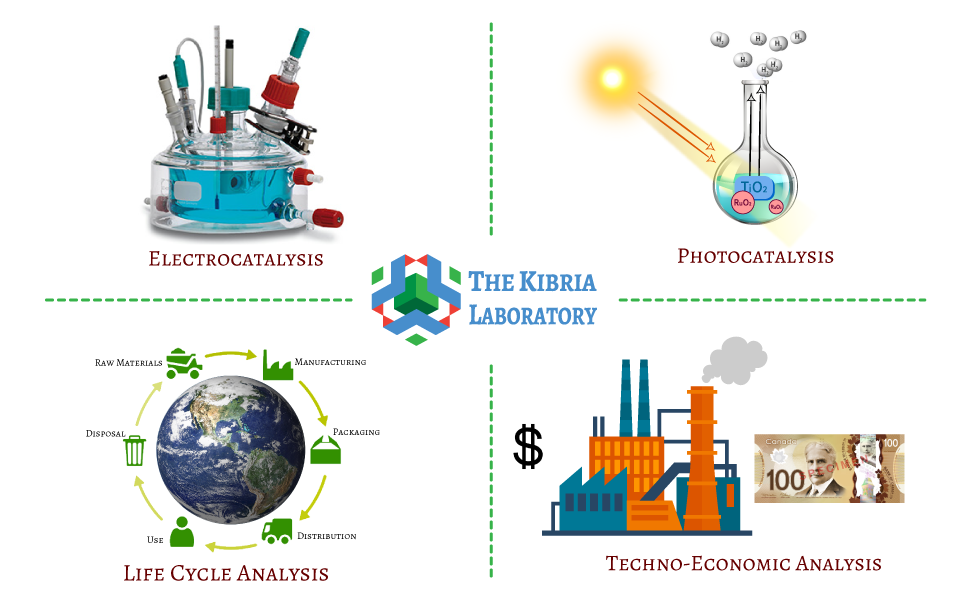
Electrocatalysis
As global carbon emissions continue to grow, there exists an urgent need to find innovative technological solutions that provide routes to capture, store and convert anthropogenic carbon dioxide (CO2) into renewable fuels. Fortunately, renewable electricity has seen tremendous growth in recent years. In view of the intermittency of sources such as solar and wind, excess generation of electricity can lead to instantaneous prices near zero. The emergence of these energy sources presents challenges and opportunities: their intermittency requires new storage methods that will enable the ever-increasing uptake of renewables in the energy system. For these reasons, there is tremendous opportunity to use renewable electricity for the clean and economical generation of storable products such as chemical fuels and feedstocks. Whilst there is tremendous opportunity in upgrading CO2 using renewable electrons, the selective and sustained production of high-value hydrocarbons is still lacking, especially at industrially relevant current densities. Kibria group is currently developing high throughput CO2 electrolysis systems that target achieving the economic production of high-value products. Additionally, we are developing electrocatalyst materials for selective organic oxidation reactions to produce high-value chemicals. Our approach leverages progress in mechanistic understanding of CO2 reduction pathways, novel catalyst development, electrolyte engineering, interface design, gas diffusion electrode design, and system engineering.

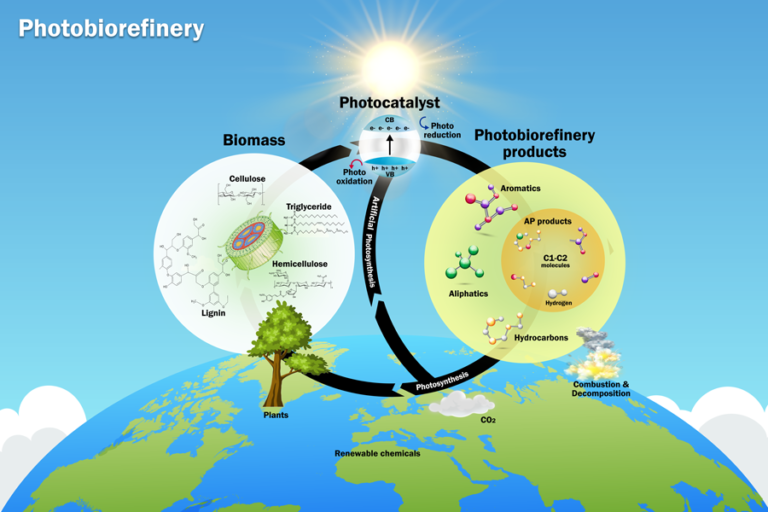
Photocatalysis
The team is pursuing a low carbon intensity technological approach to examine the possibility of direct biomass valorization and sustainable H2 production from biorefining, focusing on biomass photoreforming. Hydrogen, when generated from water splitting with renewable energy inputs, is a green energy carrier and important feedstock chemical. However, H2 generation from water splitting has a large thermodynamic barrier (ΔE⁰ = -1.23 V) due to the energy‐demanding oxygen evolution reaction (OER). In biomass photoreforming concept, upon photoexcitation, a photocatalyst generates holes to oxidize biomass (i.e., lignin, cellulose, glucose etc.) and use the resultant electrons to reduce aqueous proton to H2; which will not only overcome the biggest energy barrier (OER) of water splitting but also will provide the potential to develop an alternative biomass valorization strategy. In contrast to water splitting, the overall biomass reforming reaction is almost energy neutral. In theory, biomass photoreforming is, therefore, possible using low‐energy photons (visible and IR light), which are highly abundant in the solar spectrum. Compared to traditional bioconversion or thermochemical based biomass conversion processes, photocatalytic biomass reforming could, therefore, be an economically feasible process (no need for biocatalysts and high temperature) with a lower carbon footprint. Kibria group is currently collaborating with Dr. Hu, Dr. Humbeck and Dr. Larter to develop highly selective, energy-efficient and stable photocatalyst materials for concomitant production of sustainable hydrogen and high-value fuels and chemical feedstocks.
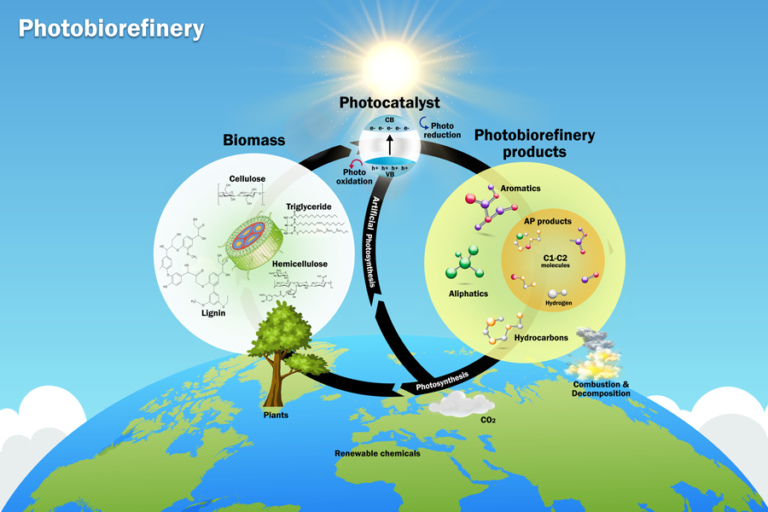
Techno-economic Analysis
Apart from experimental studies, Kibria group is interested in assessing techno-economic feasibility of sustainable energy technologies. In this research, we combine data collection, process modelling, and costing to paint a complete picture of the costs, benefits, risks, uncertainties and timeframes to evaluate the attributes of energy technologies. This analysis enables forecasting economic scenarios, reveal impact of scale on cost, comparing multiple potential pathways for the same product, comparing multiple potential products from same/similar pathways, exploring cost sensitivities and risks, identifying costly process steps for improvement/change, and setting research objectives or technological goals for an economically viable process.
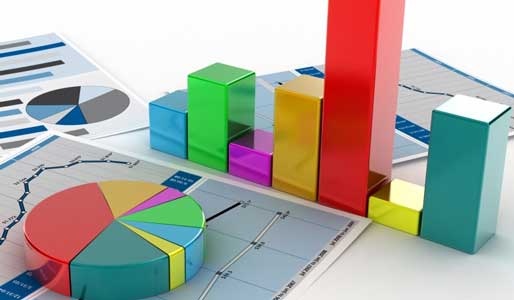
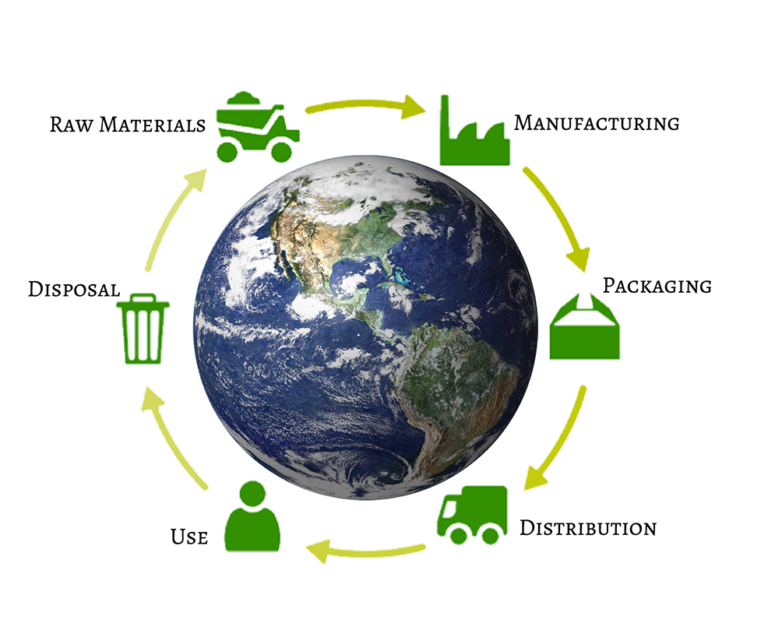
Life-cycle Analysis
Apart from looking at economic aspect, Kibria group is interested in assessing emerging energy technologies from the lens of environmental impact throughout a product’s life cycle. With the help of renowned LCA-databases and process modelling, we determine resource use and assess environmental impacts associated with all the stages of a products’ life, from raw material extraction through material processing, manufacturing, distribution and use, and end-of-life recycling or final disposal. The aim is to use this information, together with the economic aspect, to improve processes, support policy and provide a sound basis for informed decisions on adapting emerging technologies.

